Aug 2023 Climate extremes
Unedited links etc to climate news sources I trust
The Age reports Global warming to cost Australia up to $423 billion over 40 years https://www.theage.com.au/politics/federal/global-warming-to-cost-australia-up-to-423-billion-over-40-years-20230823-p5dyvx.html. This relies on the IPCC’s consistent downplaying of risks in complex dynamical systems that are inherently unpredictable – especially when based on input data that likely did not include observational data of extreme 1weather events over the last 4+ years.
https://www.theguardian.com/environment/2023/aug/28/crazy-off-the-charts-records-has-humanity-finally-broken-the-climate Extreme weather is ‘smacking us in the face’ with worse to come, but a ‘tiny window’ of hope remains, say leading climate scientists
https://www.theguardian.com/environment/2023/aug/28/dramatic-climate-action-needed-curtail-extreme-weather Heatwaves, wildfires and floods are just the ‘tip of the iceberg’, leading climate scientists say.
Extremely well done survey of this year’s climate breakdown! https://www.abc.net.au/news/2023-08-21/ocean-tempertature-records-2023/102701172
A climatologist telling how difficult it is for a scientist to actually tell the full horror of the accelerating climate crisis forecast by the science:
The summer ahead By Joëlle Gergis Sept 2023 in The Monthly
The climate disasters unfolding in the northern hemisphere are a sign of what’s in store here, as governments fail to act on the unfolding emergency
South America’s winter too:
Western Sydney University researcher Thomas Longden says heatwaves are a “silent killer”; they are responsible for about 2 per cent of deaths in Australia, but that toll goes largely unnoticed. Heatwaves are also set to get more frequent and more intense with climate change.
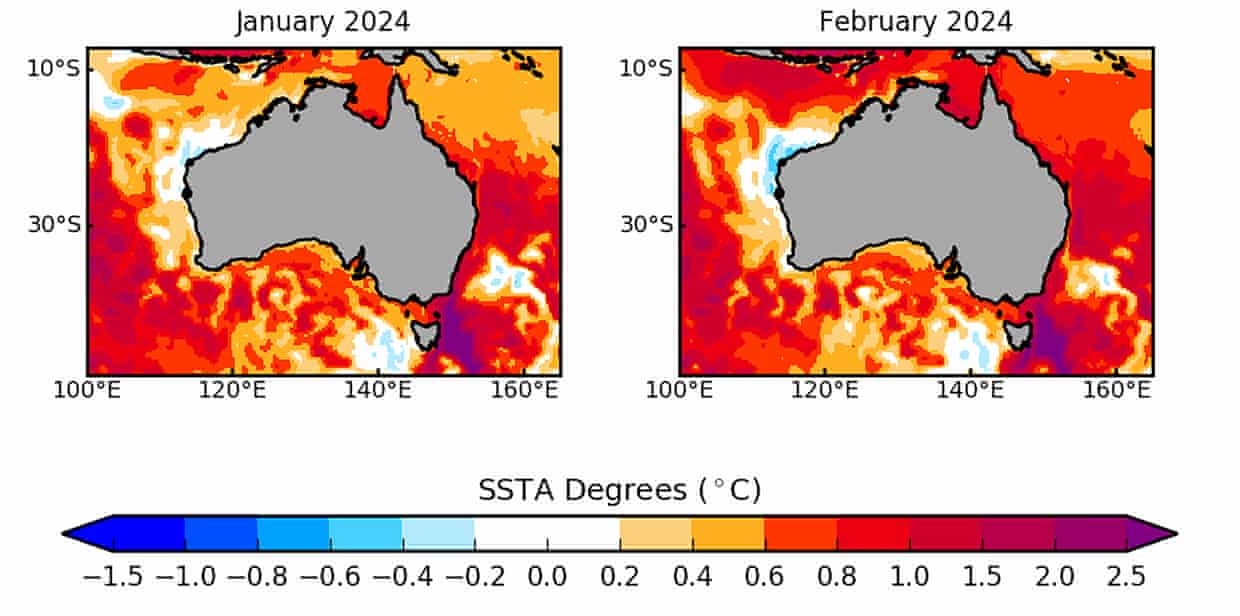
Hawaii Officials Release List of 388 People Missing From Maui Fires. New York Times 25 Aug 2023
Authorities in Hawaii released a list late on Thursday naming 388 people who are still unaccounted for in the aftermath of the deadliest wildfires in America in more than a century, which killed at least 115 people.
The fires devastated the coastal town of Lahaina on the island of Maui, as well as other areas of the island, more than two weeks ago. Search-and-rescue teams are still sifting through the last patches of ash and rubble looking for human remains.
In publicizing the names, the authorities hope to narrow the tally of the missing. In a statement, Maui’s police chief, John Pelletier, asked anyone who survived the fire to come forward and remove their name from the list. Officials had said earlier on Tuesday that 1,000 to 1,100 people remained unaccounted for.
The list released on Thursday, Mr. Pelletier said, includes anyone for whom officials have a first and last name and contact information for the person who reported them missing.
Officials have been bracing the public for the likelihood that the number of confirmed dead from the fires — which stands at 115 — will rise substantially.
…..
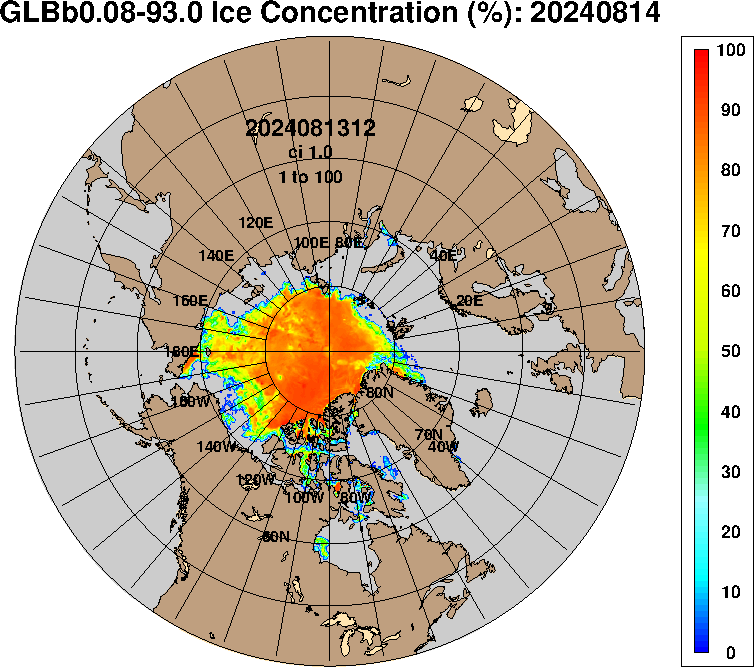
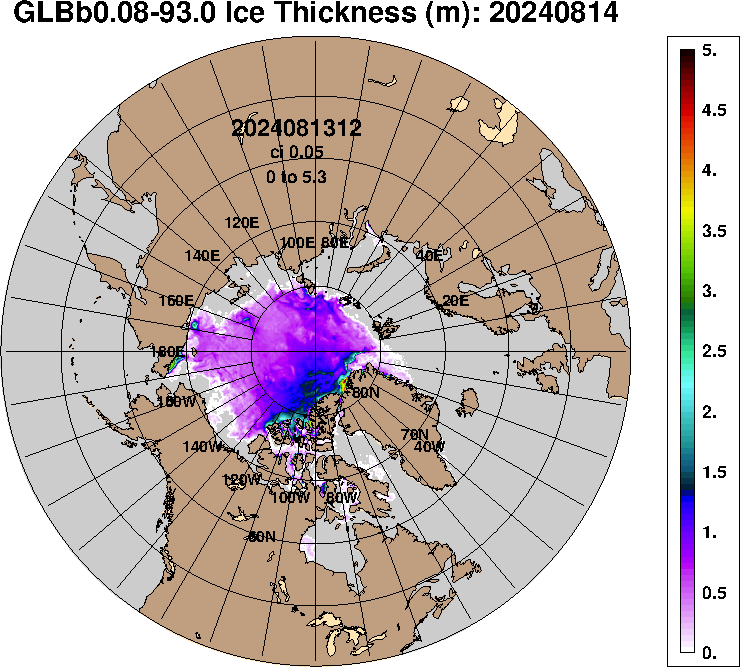
https://www.nature.com/articles/d41586-022-00312-2 – Scientists raise alarm over ‘dangerously fast’ growth in atmospheric methane. As global methane concentrations soar over 1,900 parts per billion, some researchers fear that global warming itself is behind the rapid rise. [paywall]
http://twitter.com/peakaustria/status/1693163126491873423
Finally, what seems to be a rational way to use computational methods to assess to predict tipping points in realistic models of complex dynamical systems where the input data does not (yet) include any observed tipping points!!
[PDF] Tipping Point Forecasting in Non-Stationary Dynamics on Function Spaces
M Liu-Schiaffini, CE Singer, N Kovachki, T Schneider… – arXiv preprint arXiv …, 2023
Tipping points are abrupt, drastic, and often irreversible changes in the evolution of
non-stationary and chaotic dynamical systems. For instance, increased greenhouse
gas concentrations are predicted to lead to drastic decreases in low cloud cover,
referred to as a climatological tipping point. In this paper, we learn the evolution of
such non-stationary dynamical systems using a novel recurrent neural operator
(RNO), which learns mappings between function spaces. After training RNO on only …
Cites: Permafrost carbon emissions in a changing Arctic
Australia’s Antarctic budget cuts a ‘terrible blow for science’ Scientists around the globe have expressed concern at reports that the Australian Antarctic Division will have its budget slashed by the government. Nature 16/08/2023
Scientists worldwide fear that research tracking how climate change is affecting Antarctica will be disrupted, after it was reported that the Australian Antarctic Division (AAD) will cancel, postpone or strip back several of its research projects this summer because of a looming Aus$25-million (US$16.2-million) budget cut. The cut comes hot on the heels of the news that Antarctica’s sea ice has hit a drastic and surprising new low.
Among the projects on the chopping block are studies investigating how sea ice is changing in the warming climate. “It’s just a terrible blow for the science,” says Nerilie Abram, a palaeoclimate scientist at the Australian National University in Canberra who chairs the Australian Academy of Science’s National Committee for Antarctic Research.
…
In July, AAD management told staff by e-mail that it needed to reduce its annual operating budget for the next year by 16%. AAD staff have confirmed to Nature that several projects scheduled to be conducted from Davis and Mawson will not be supported this season, including surveys on sea-ice thickness and landfast sea ice — large ice sheets that are ‘fastened’ to the shoreline or sea floor.
Nathan Bindoff, a physical oceanographer at the University of Tasmania in Hobart, Australia, says he was “astonished” when he learnt about the cuts. “That’s a lot of money — even in a very big programme — to absorb,” says Bindoff, who leads the Australian Antarctic Program Partnership, which collaborates with the AAD to understand the role Antarctica has in the global climate system and the implications of this relationship on marine ecosystems.
On 27 June, data from the US National Snow and Ice Data Center showed that the sea ice surrounding Antarctica had reached a record low winter extent of 11.7 million square kilometres, more than 2.5 million square kilometres below the average for the same time of year between 1981 and 2010. Although researchers expect sea ice to dwindle as climate change intensifies, its drastic fall this year came as a surprise, says Abram.
Now, more than ever, researchers need to be on the ground in Antarctica to gain a better understanding of what’s driving the sudden decline in sea ice, she says. “We really need to get there to make those physical measurements.” Abram adds that gaps in long-term monitoring data will make it difficult for researchers to understand how Antarctic systems are changing as temperatures rise, particularly on the relatively understudied eastern side of the continent, where the Australian division is based.
Australia’s Antarctic budget cuts a ‘terrible blow for science’
Article needed to discuss & highlight differences between Andrew Weaver’s article, The “Gulf Stream’ will not collapse in 2025: What the alarmist headlines got wrong” and Kemp et al., “Climate Endgame: Exploring catastrophic climate change scenarios”
See also: Naomi Oreskes on November 1, 2022 https://www.scientificamerican.com/article/why-scientists-got-the-fast-pace-of-arctic-warming-wrong/; https://www.realclimate.org/index.php/archives/author/stefan/; https://iceds.anu.edu.au/news-events/news/will-steffen-dilemma-pioneer-climate-scientists
https://countercurrents.org/2023/08/climate-change-why-action-on-the-crisis-is-all-hot-air/
Many risky feedback loops amplify the need for climate action 2023
This one is politics, not science: https://www.theguardian.com/commentisfree/2023/aug/17/hawaii-fires-maui-water-rights-disaster-capitalism
Atmospheric Methane: Comparison Between Methane’s Record in 2006–2022 and During Glacial Terminations – https://agupubs.onlinelibrary.wiley.com/doi/full/10.1029/2023GB007875
Atmospheric methane’s rapid growth from late 2006 is unprecedented in the observational record. Assessment of atmospheric methane data attributes a large fraction of this atmospheric growth to increased natural emissions over the tropics, which appear to be responding to changes in anthropogenic climate forcing. Isotopically lighter measurements of

are consistent with the recent atmospheric methane growth being mainly driven by an increase in emissions from microbial sources, particularly wetlands. The global methane budget is currently in disequilibrium and new inputs are as yet poorly quantified. Although microbial emissions from agriculture and waste sources have increased between 2006 and 2022 by perhaps 35 Tg/yr, with wide uncertainty, approximately another 35–45 Tg/yr of the recent net growth in methane emissions may have been driven by natural biogenic processes, especially wetland feedbacks to climate change. A model comparison shows that recent changes may be comparable or greater in scale and speed than methane’s growth and isotopic shift during past glacial/interglacial termination events. It remains possible that methane’s current growth is within the range of Holocene variability, but it is also possible that methane’s recent growth and isotopic shift may indicate a large-scale reorganization of the natural climate and biosphere is under way.
Increasing trends in regional heatwaves Nature Communications
Several good links in the following Conversation article:
https://www.cbc.ca/news/politics/trudeau-wildfires-yellowknife-nwt-1.6939126
http://twitter.com/GaleSinatra/status/1692302980182413752/retweets/with_comments
Following is a very useful/important post. Open X-tweet and follow the thread!
I think humans have reached the point where we have to unite to mobilize a global war against global warming or accept near-term human extinction. Just from today’s evidence there are strong reasons to think we have gone over the threshold of a cascade of tipping points into temperature raising positive feedbacks that seem to have no off switches — and we are still doing our best to continue increasing the concentrations of greenhouse gases.
https://www.washingtonpost.com/weather/2023/08/02/southamerica-record-winter-heat-argentina-chile/

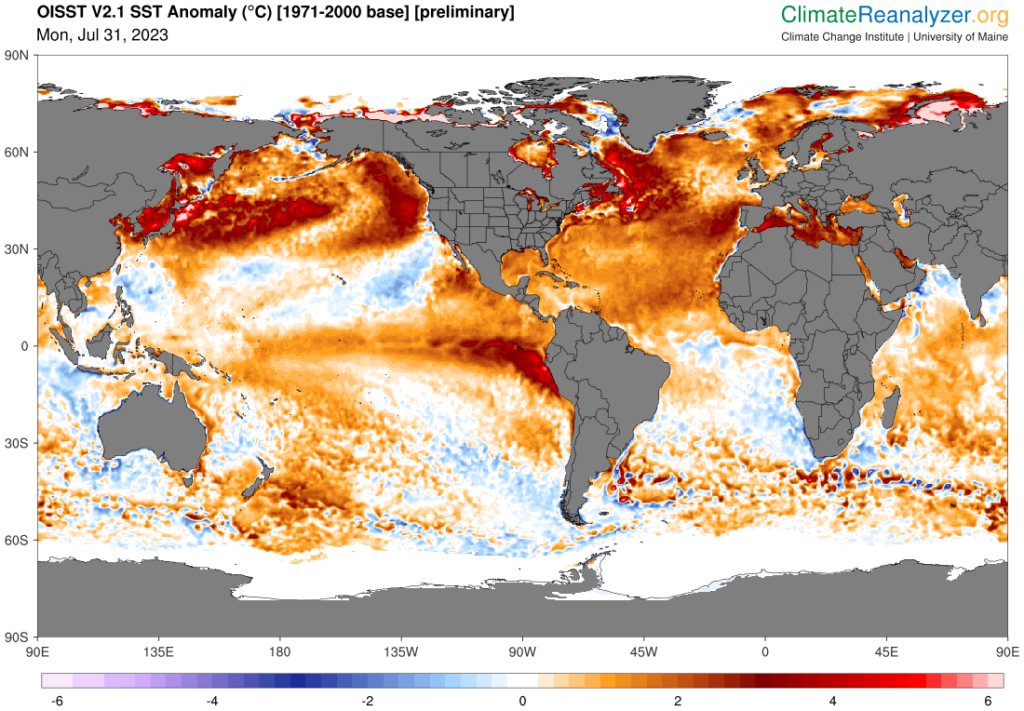

Crazy mad jetstreams in the Southern Hemisphere. Basically no jetstreams in the Northern…. (Wind speed needs to be more than 60 kt to be considered a jetstream)
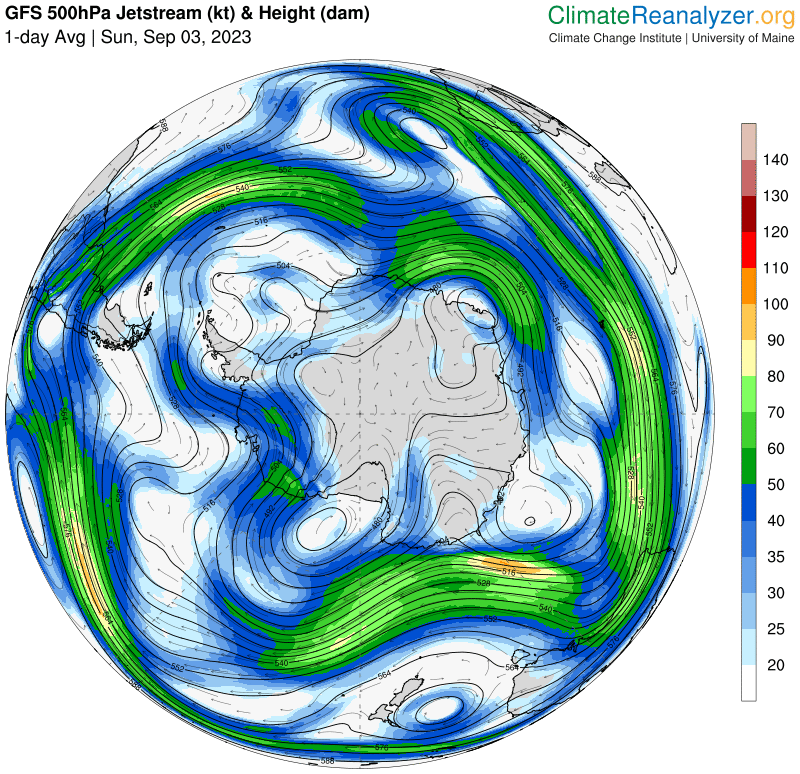
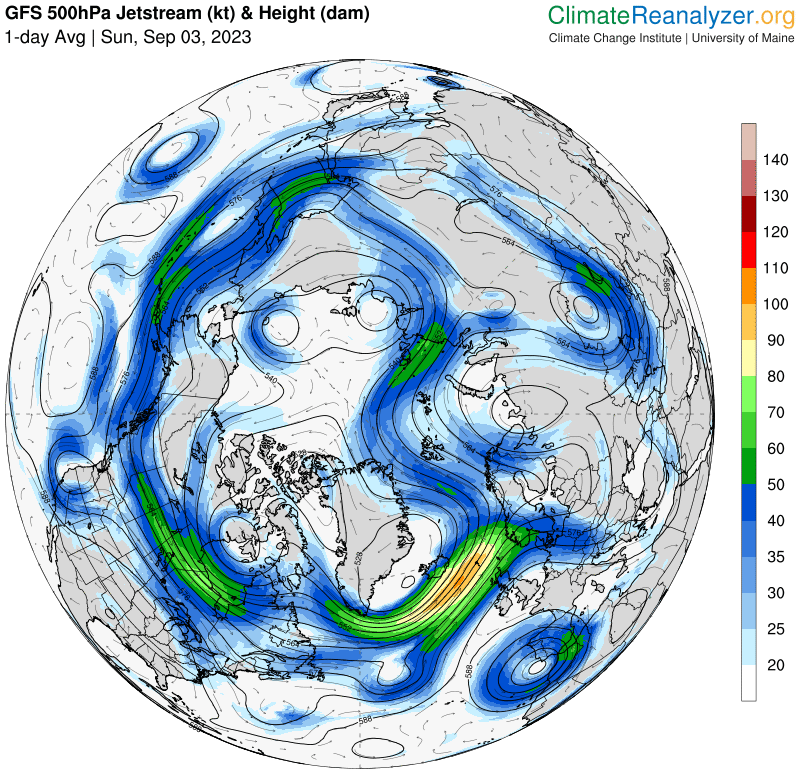
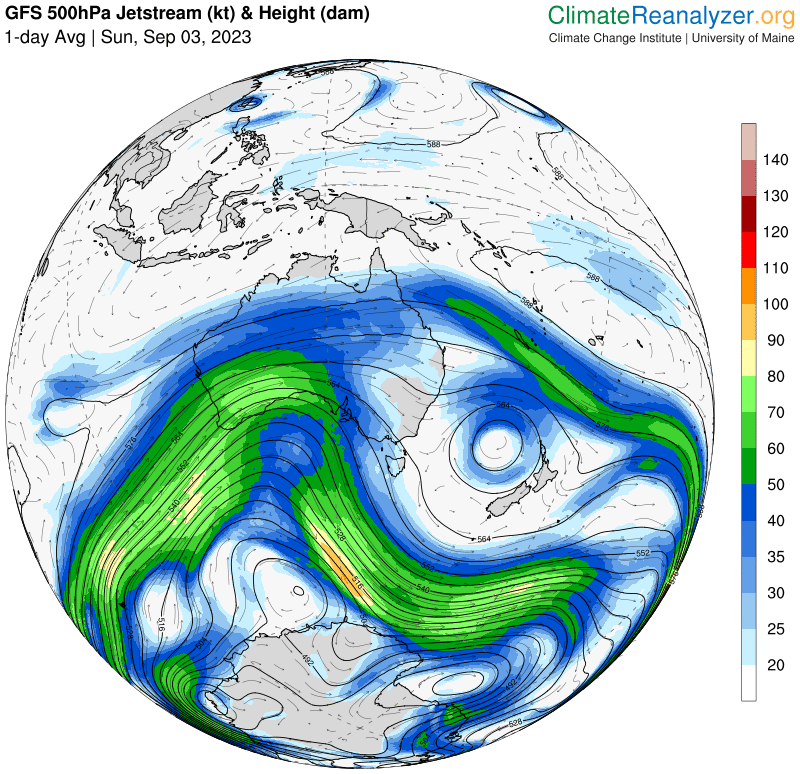


Following is a US Navy product: https://www7320.nrlssc.navy.mil/GLBhycomcice1-12/arctic.html presumably in aid of submarine navigation. Shows Arctic ice melting fast – not a record yet, but what is left doesn’t look like it will last too many more days before the usual late September minimum. If open ocean extends to the North Pole that will be a decade or more earlier than predicted from past warming trends. I have not watched these animations in previous year – but to me the following four graphics seem to be heading for a cataclysmic train wreck. A blue Arctic Ocean exposed to 24 hour solar heating is not good news for the planet.
https://www7320.nrlssc.navy.mil/GLBhycomcice1-12/ (Note: this is the updated version-3)
https://slidetodoc.com/validating-the-global-ocean-forecast-system-version-3/



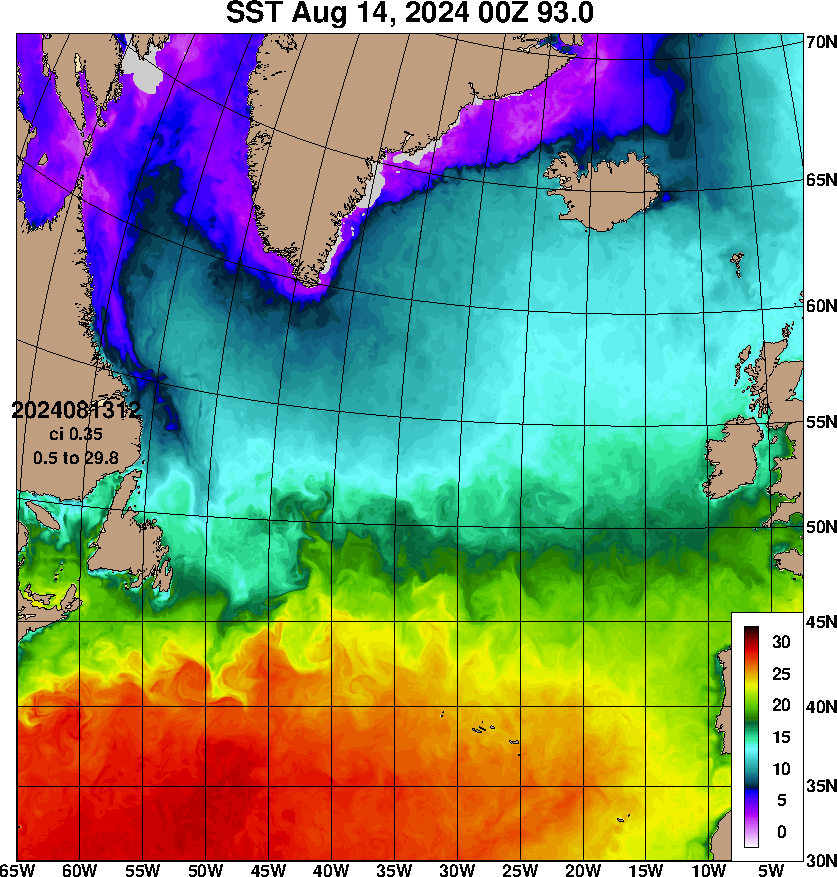
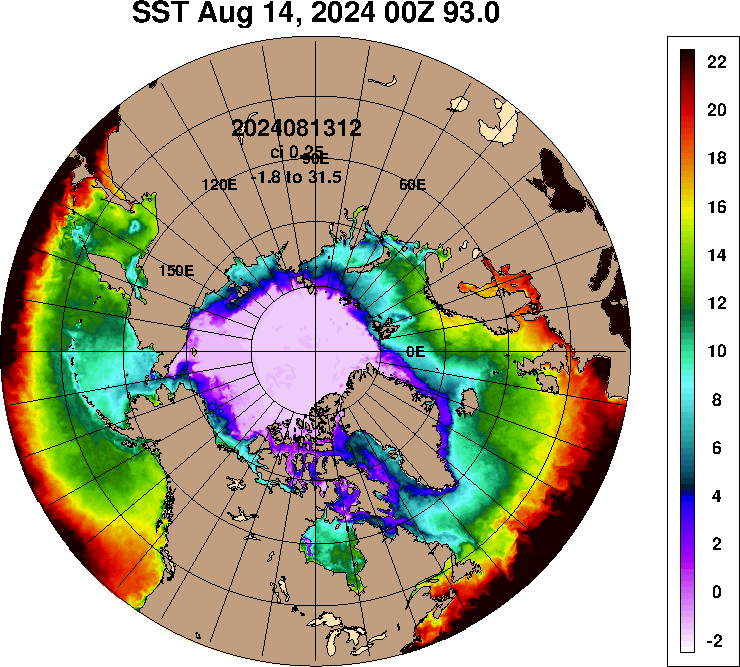
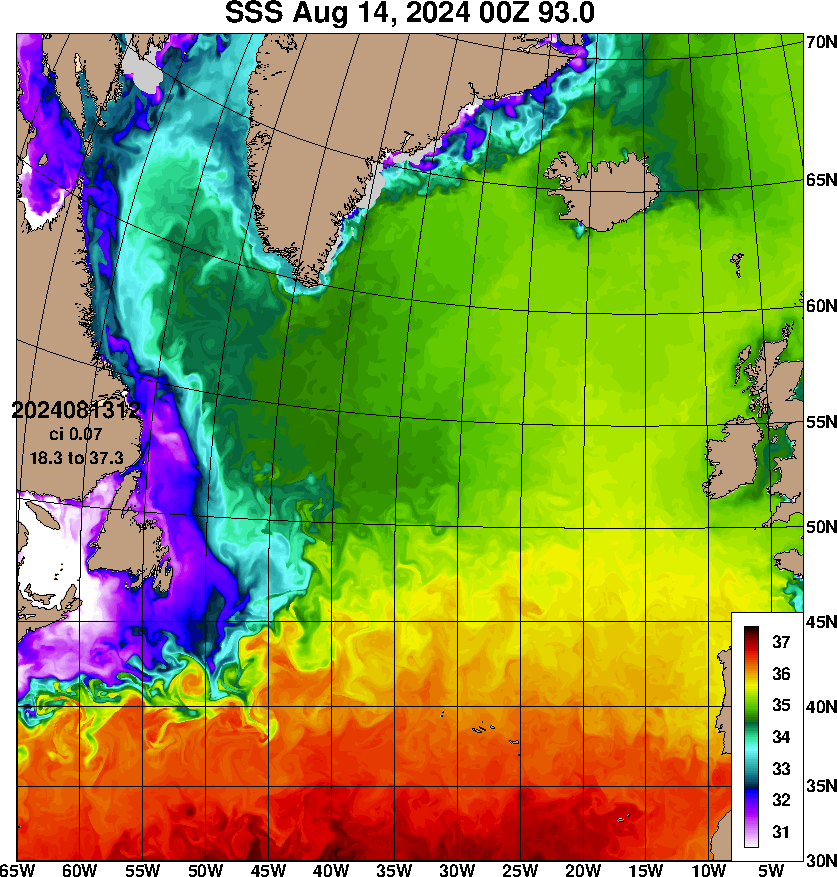
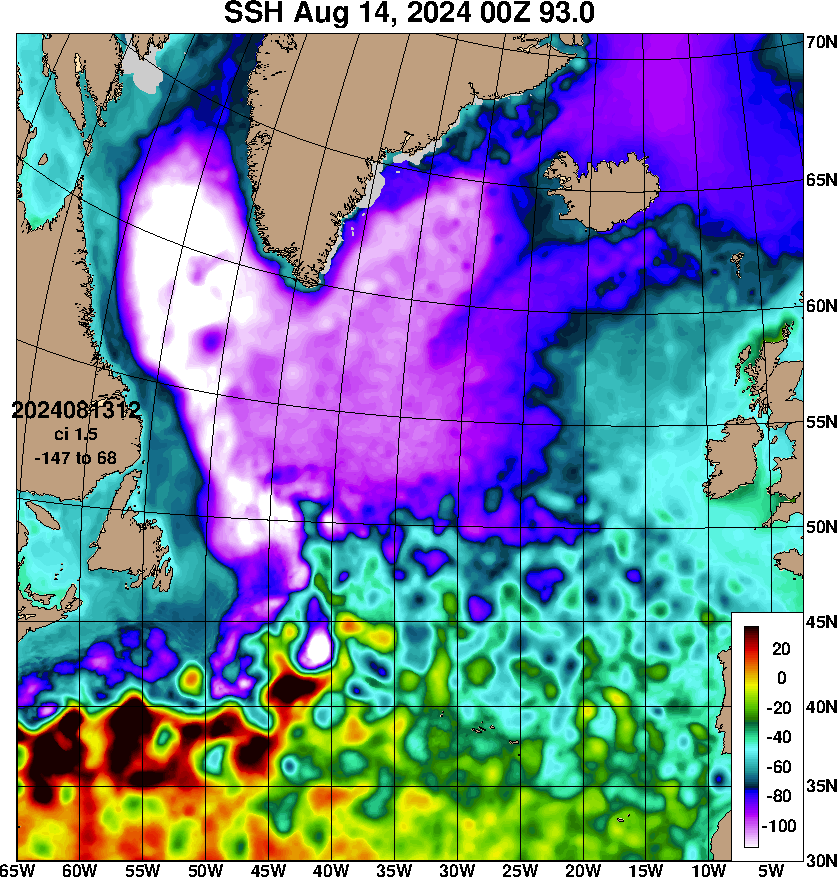
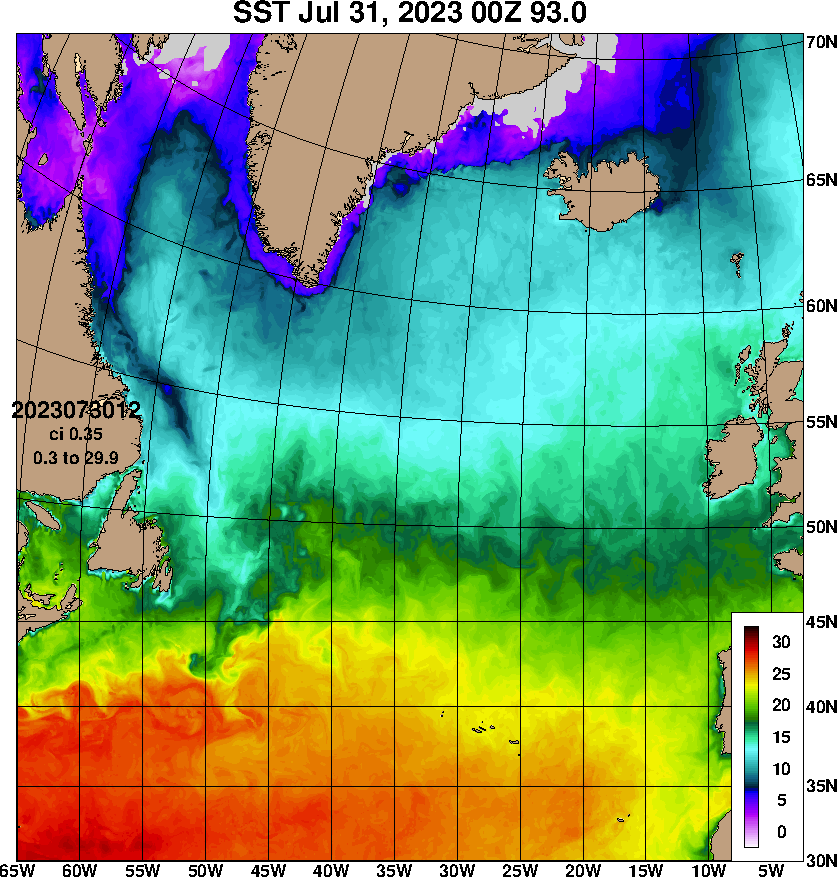
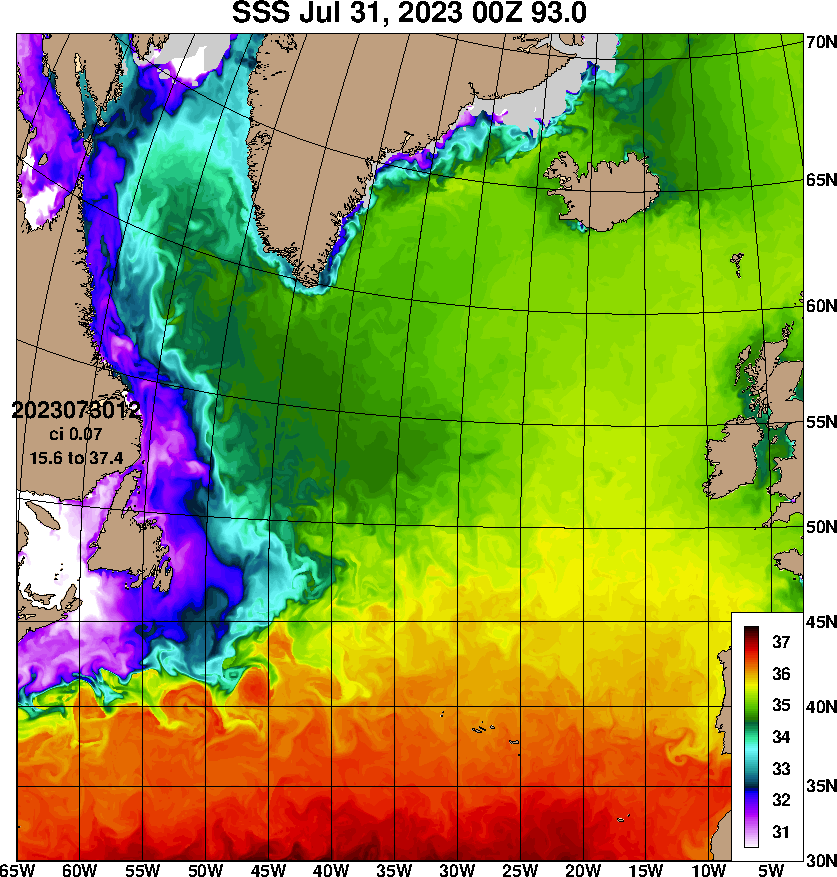
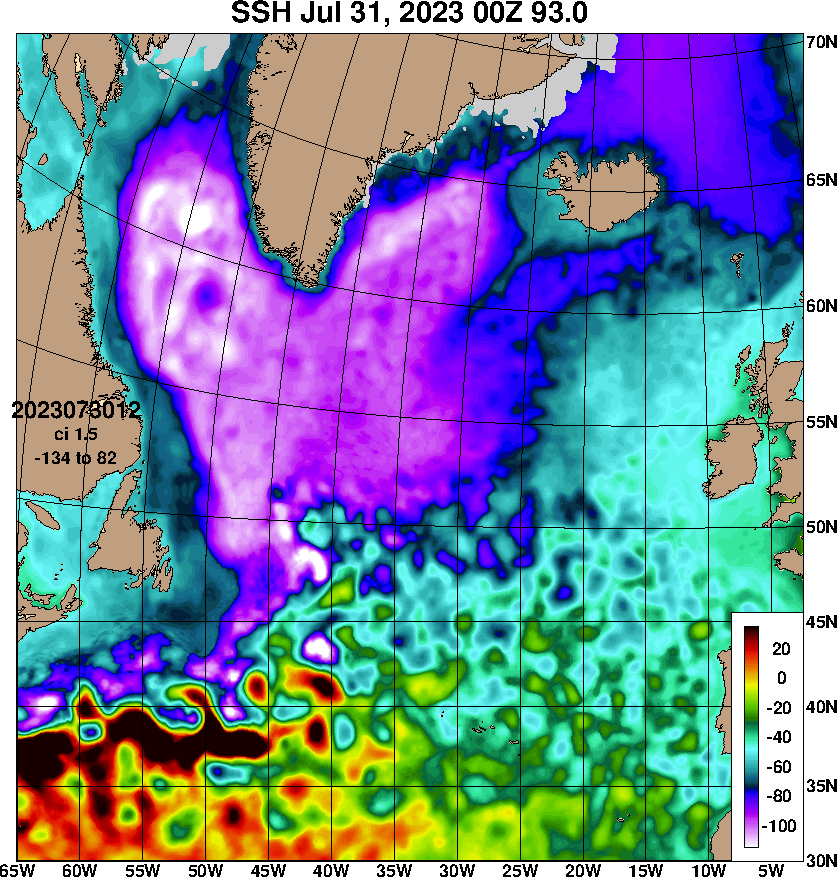
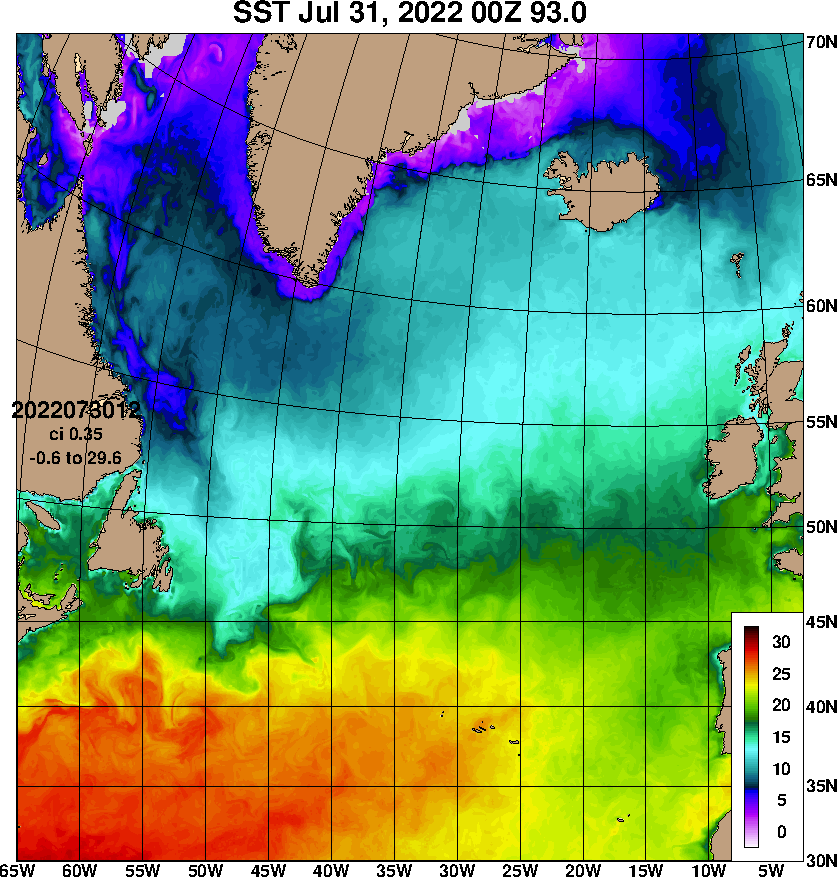
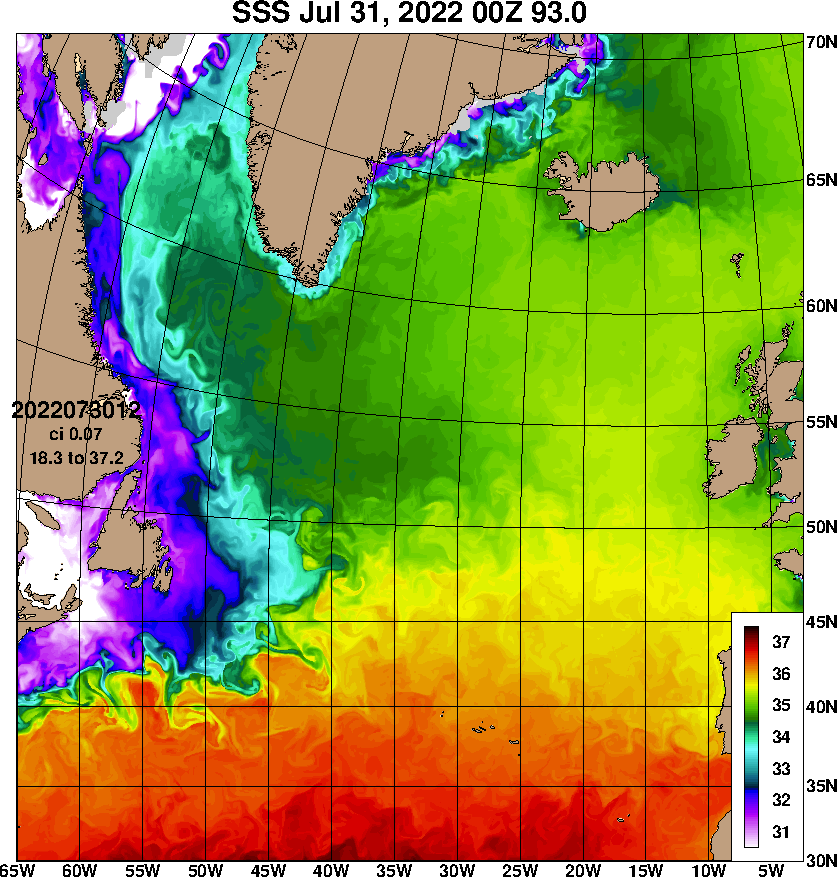
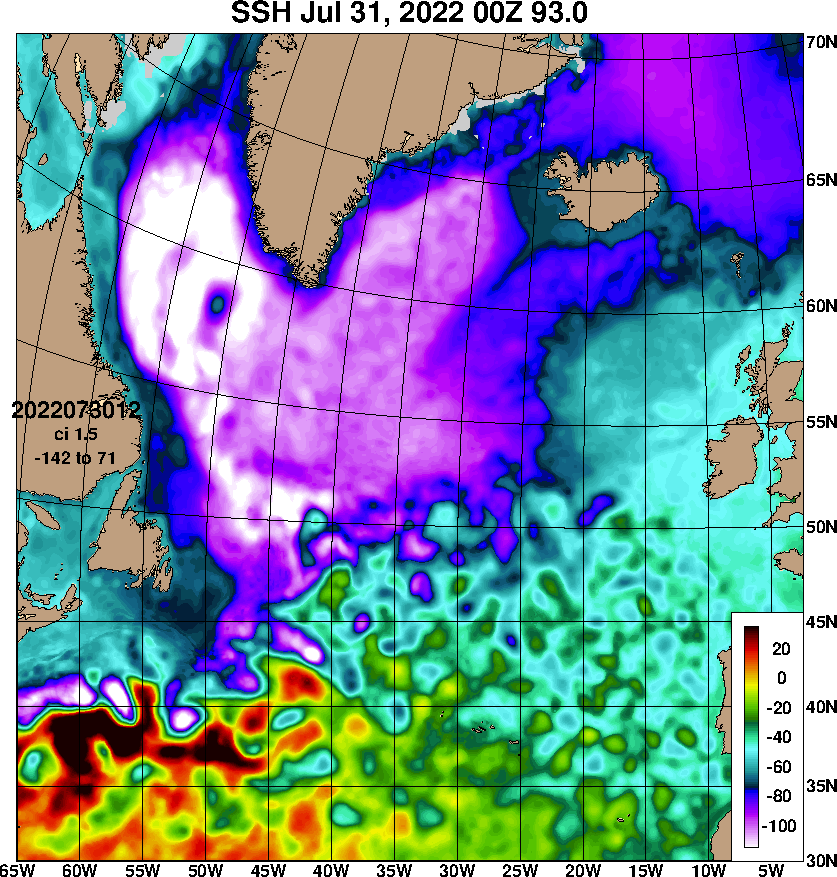
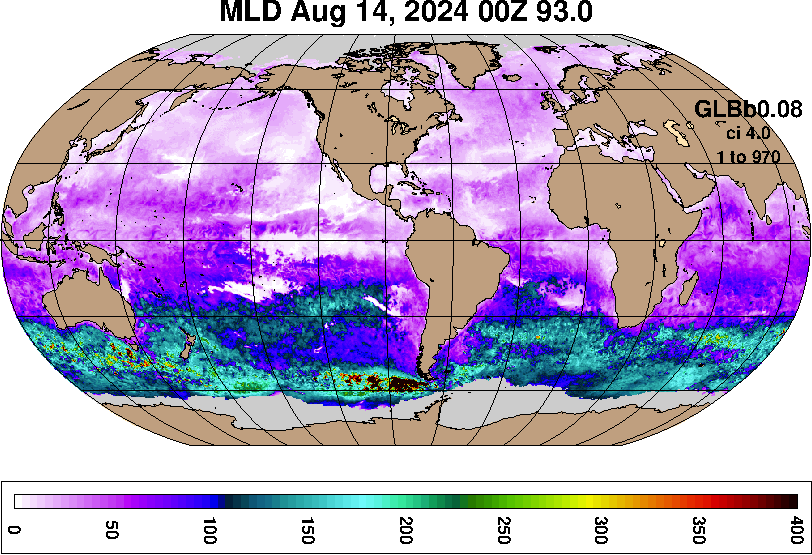
See also: https://journals.ametsoc.org/view/journals/phoc/51/4/JPO-D-20-0179.1.xml
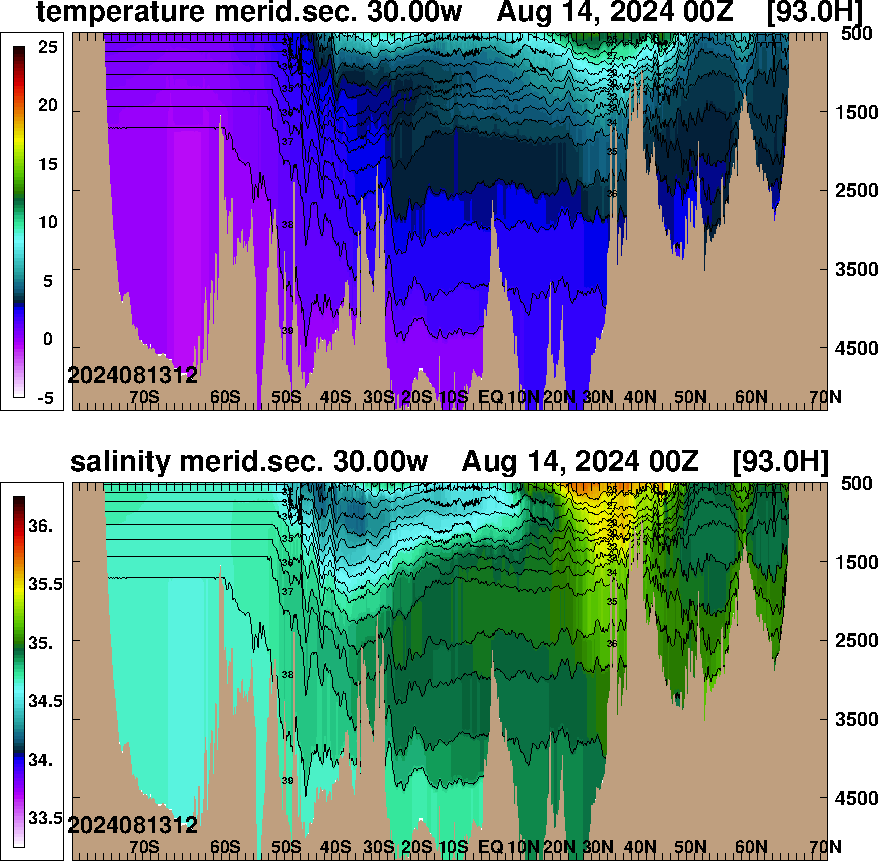
- Testing the NEW? footnote function. ↩︎
